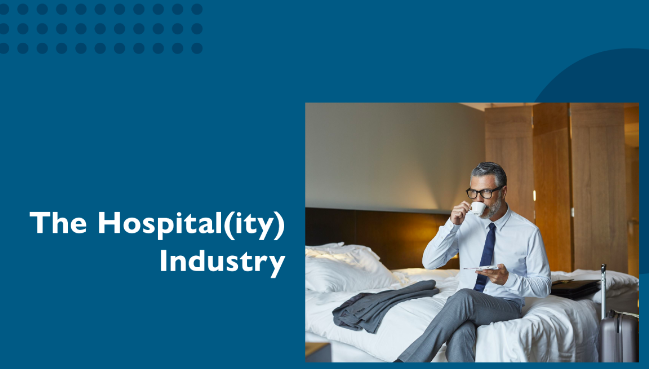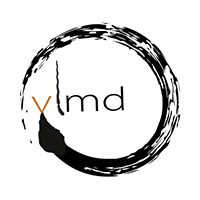
A friend reached out to ask if I would talk to her daughter about life in medicine. “She’s thinking of becoming a doctor, and wants to know what she should do to prepare for med school.” My response was to get a job at Disney as a princess.
In recent years, there has been a curious trend: the push to make hospitals more like Disney. Proponents argue that healthcare can learn from the customer service and operational efficiency of the entertainment giant. While there is merit to some of these arguments, it is crucial to understand why healthcare and hospitality remain fundamentally distinct realms, driven by different priorities, challenges, and ethical considerations.
At the heart of the Disney experience is joy, entertainment, and escape. Families flock to the theme parks to immerse themselves in fantasy, leaving behind the mundane and the troublesome. The goal is delight and satisfaction, meticulously crafted through design, service, and narrative. In stark contrast, the essence of a healthcare experience is often one of vulnerability, uncertainty, and necessity. Patients enter hospitals not for pleasure but for healing, driven by illness, injury, and sometimes life-threatening conditions. The primary objective of healthcare is to diagnose, treat, and care for individuals in their most critical moments. This fundamental difference in the nature of the experience underscores why medicine cannot simply mirror the hospitality model.
Disney excels in creating a standardized experience that feels personalized. Every aspect of the park is engineered to ensure a consistent, high-quality experience for all visitors. The scripts, the rides, the interactions—all are designed to maintain a uniform standard of excellence. Healthcare, however, must navigate the complex terrain of individual variability. Every patient is unique, with distinct medical histories, genetic makeups, and responses to treatment. Medicine requires a bespoke approach, tailoring interventions to the specific needs of each patient. This complexity defies the kind of standardization that works so well in hospitality.
In Disney’s world, resource allocation focuses on enhancing the guest experience through cutting-edge attractions, innovative entertainment, or exceptional service. The aim is to maximize enjoyment and return on investment. Healthcare operates under a different paradigm. Resources are allocated based on medical necessity, ethical considerations, and often, finite availability. Decisions about treatment, funding, and resource distribution must consider efficacy, equity, and patient outcomes. The prioritization in healthcare is driven by a commitment to doing the greatest good for the greatest number, often under constraints that Disney does not face.
Back to my advice for my friend’s daughter. Disney cast members play characters from the Disney enterprise. While the role may be of a princess or prince, the working conditions are anything but that. The cast member is required to don cumbersome costumes, and once on the job, must remain in character throughout the shift. Smiling is requisite, as is prioritizing visitors’ demands. The idea is to provide a first-class experience in hospitality, escapism, happiness and magic (depending on whether you are at the ‘happiest place on earth’ or ‘the most magical place on earth’). Cast members report that their jobs require ignoring physical needs, deferential demeanors, exaggerated positivity and the plastic display of facile happiness.
Both Disney employees and healthcare professionals perform emotional labor. Disney cast members are trained to create a magical atmosphere, often masking any personal difficulties to ensure guests’ happiness. Healthcare workers engage in a different form of emotional labor. They must balance empathy with professionalism, providing comfort to patients and families while making critical, and sometimes difficult, medical decisions. The emotional burden in healthcare is profound, as it involves constant exposure to pain, suffering, and sometimes death. The depth and intensity of this emotional labor cannot be equated to the hospitality industry’s demands.
These differences notwithstanding, Disney princesses suffer many of the indignities of healthcare workers. Have problems at home or dealing with family issues? Suck it up and smile. Struggling with the abusive tirade of passive aggressive managers? Grin and bear it. Your job mandates denial of your own humanity and needs.
